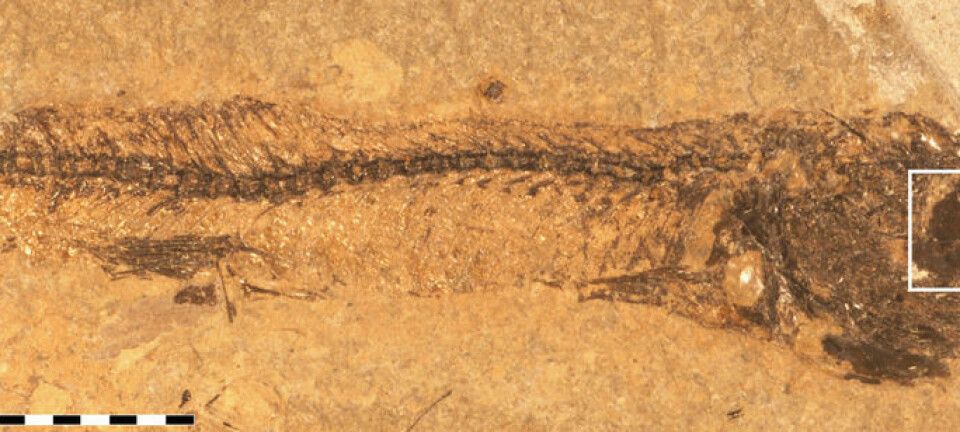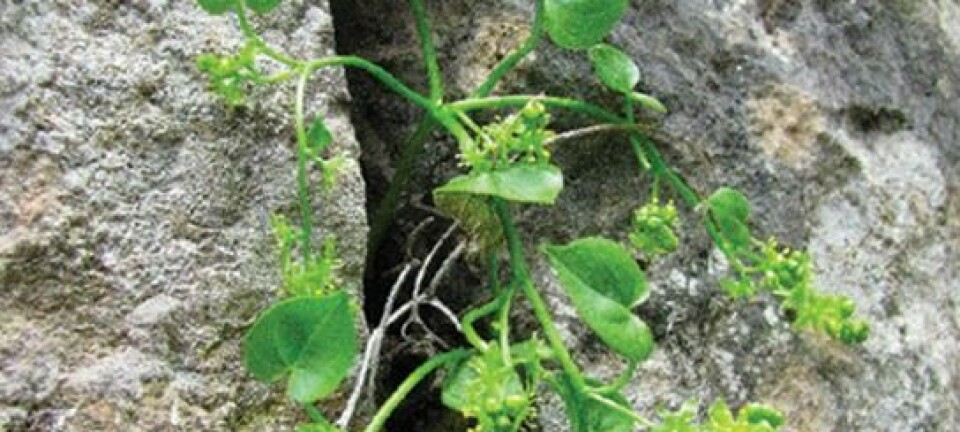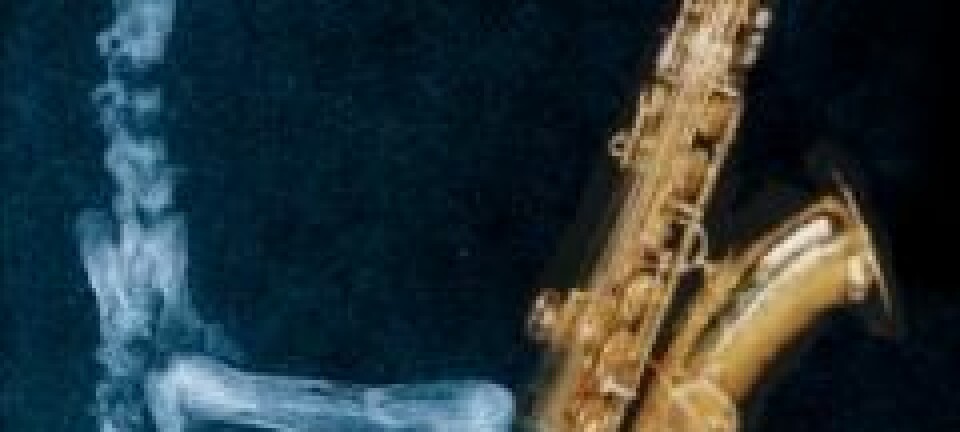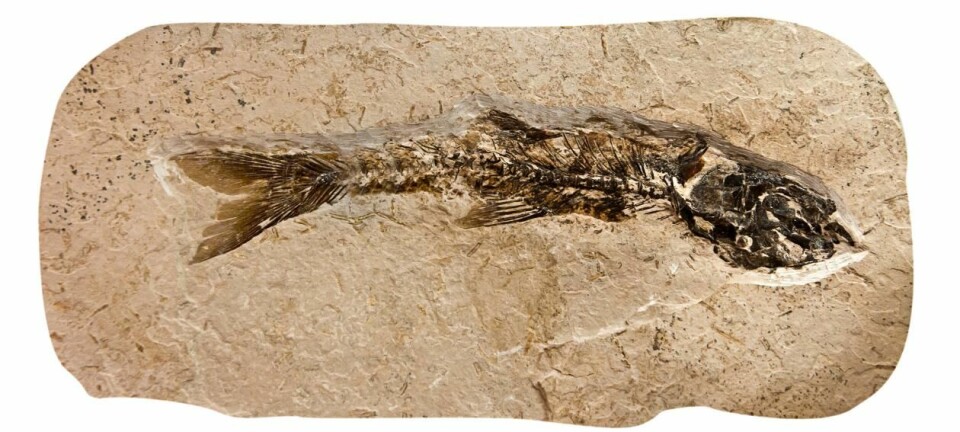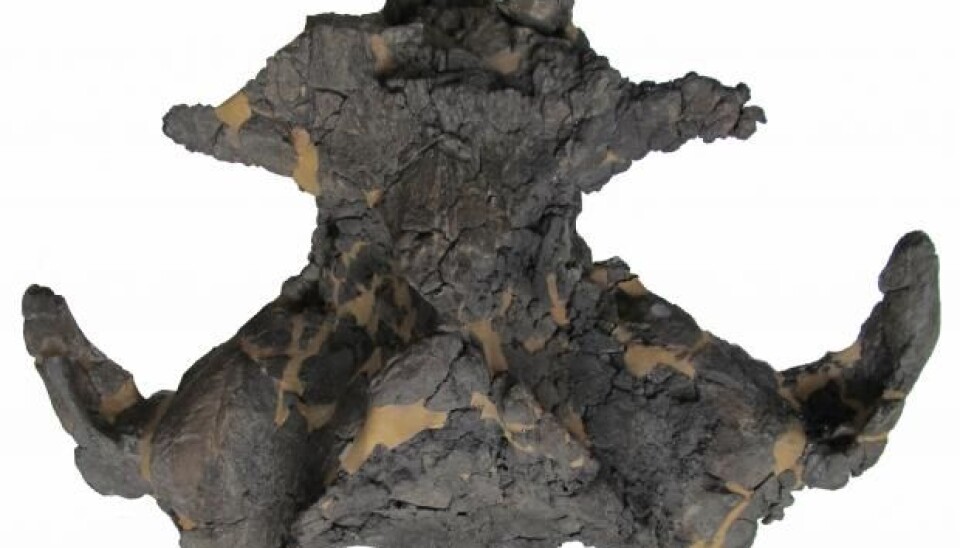
Discovery of new whale species fills evolutionary gap
Scientists discover a previously unknown ancient whale species--helping them understand how whales evolved into the many species that exist today.
Researchers from the Museum of Southern Jutland, Denmark, have unearthed the fossilized remains of an entirely new species of whale.
The fossil was found in Gram Clay Pit in Southern Jutland, which was at the bottom of the North Sea when the whale was alive 10 million years ago.
A part of the fossil was originally found in 1973, but the skull has only now been unearthed and analysed. It turns out to be not only a new species, but also a part of an entirely new family of whales.
"Whale evolution is a difficult subject to understand and we still don’t know exactly how the different species and families are related to each other. This find sheds new light on the topic, which is really exciting for those of us interested in whale evolution,” says co-author Dr Mette Elstrup Steeman, whale researcher and curator at the Museum of Southern Jutland.
“It’s also new knowledge for scientists who study ancient biology and they will be able to use it going forward," says Steeman.
The new discovery is published in the open-access scientific journal PLOS ONE.
Whale researcher excited
Dr Anders Galatius studies whales at the Department of Bioscience at Aarhus University. He was not involved in the new discovery, but he has read the scientific article and describes the research as an important contribution to understanding the evolution of baleen whales.
"It's [the whale fossil] not just a new piece. It is a large and important piece that will aid in understanding where and how existing fossils, as well as future discoveries, fit into the evolutionary history of whales,” says Galatius.
“It also helps us understand how living whales have evolved into the species we see today," he says.
Plugging the gaps of the whale family tree
There are still many gaps in the scientific knowledge about whales’ evolution. For example, scientists can’t agree on where to place modern day gray whales and pigmy right whales in the whales’ evolutionary family tree.
The information gaps are even larger for extinct species, where scientists find it especially difficult to find links between the various whale species and families.
But the new find connects some of these loose threads.
When Steeman and her colleague Pavel Gol’din compared the characteristics of the newly described whale species with other fossil whales, they could place several other fossils into the same family.
"By observing traits in a novel family of whales that appear early on in the family tree, we can see how traits have developed in whales that came later on,” says Steeman.
The new whale genus has been named Tranatocetidae.
-------------
Read the Danish version of this article on Videnskab.dk
Translated by: Catherine Jex
